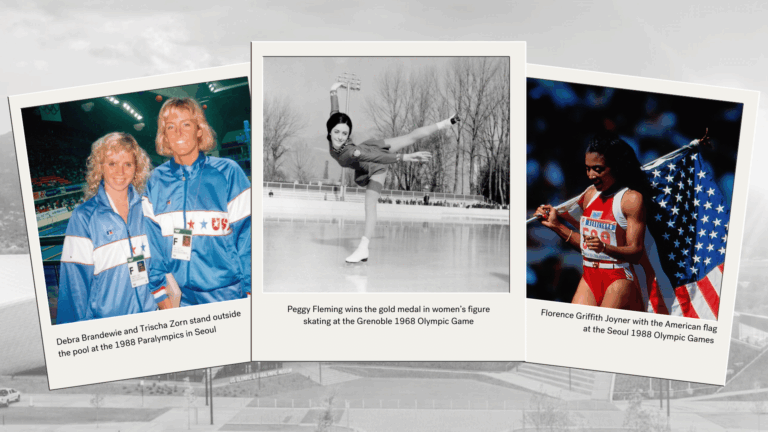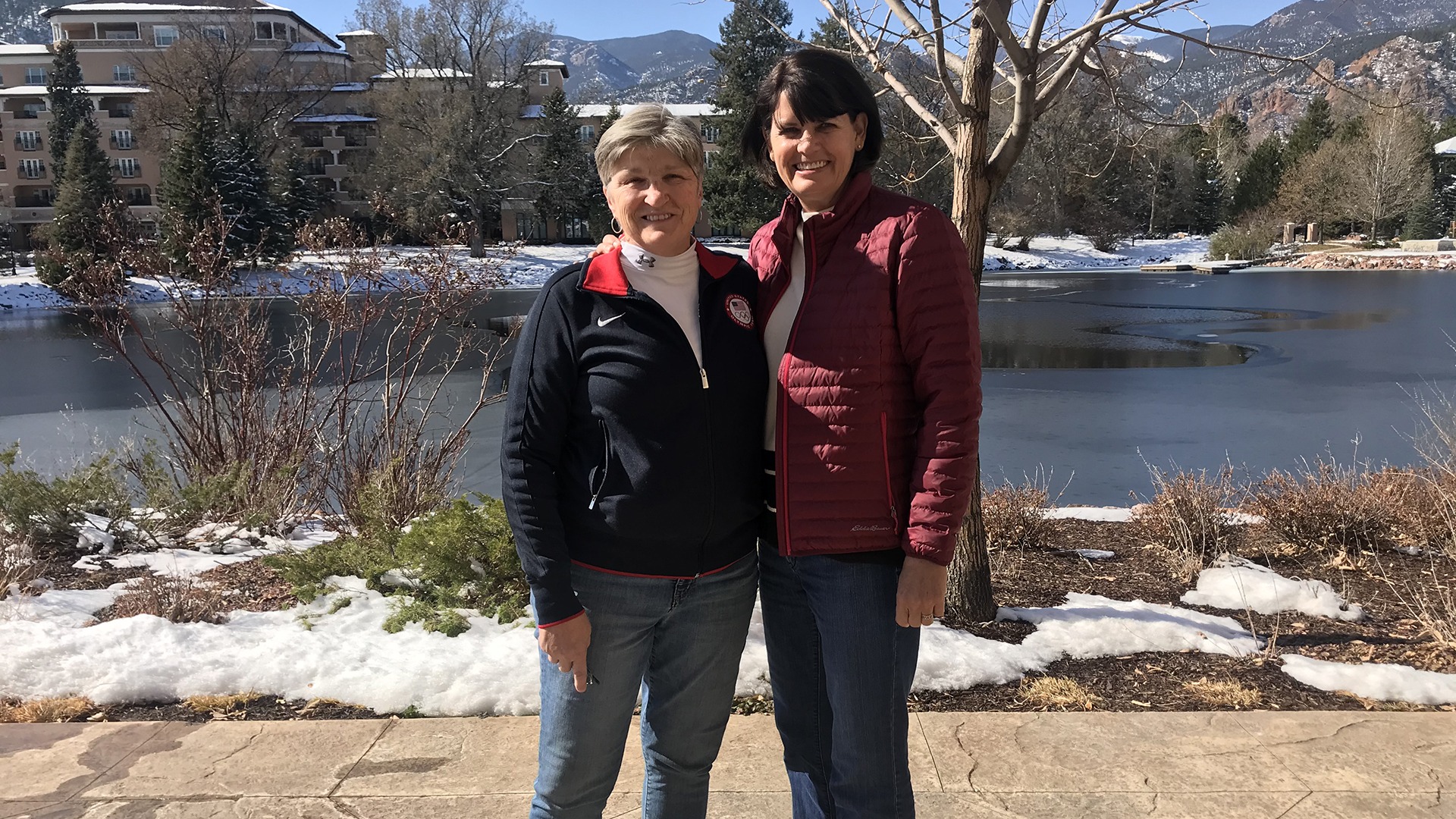

Lindsey also was a starting halfback on the Purdue field hockey team (a sport she never played before college) and started at shortstop for the Purdue softball team.
Team handball, though, was where she found a home. While the U.S. did not qualify for the Montreal Games and Team USA boycotted the Moscow 1980 Olympic Games, Lindsey made her Olympic debut at the Los Angeles 1984 Olympic Games.
“It is definitely a family sport,” Lindsey said. “Once you’re in, you’re hooked and you’re family forever.”
Kim Clarke certainly had family to thank for becoming a three-time Olympian in team handball. Her sister saw a magazine ad looking for candidates for the U.S. junior national team and sent in an application for Kim.
“Which I did not know about,” Clarke said, noting that she first knew about this when she received a letter in the mail inviting her to attend a tryout in Colorado Springs.
Clarke made the team and, at age 16, moved to New Jersey to begin training.
“It is amazing when I tell my friends now, how my parents let me go at such a young age,” Clarke said.

U.S. Olympic & Paralympic Museum offers parking in the adjacent Park Union District lot for $7.50 per-day. Metered parking is also available on Sierra Madre and Vermijo.
Subscribe now to keep up to date on Museum news and events!
Olympic Marks are used under license from the U.S. Olympic & Paralympic Committee. 36 U.S.C. 220506
Website development supported in part by a grant from the Colorado Tourism Office.